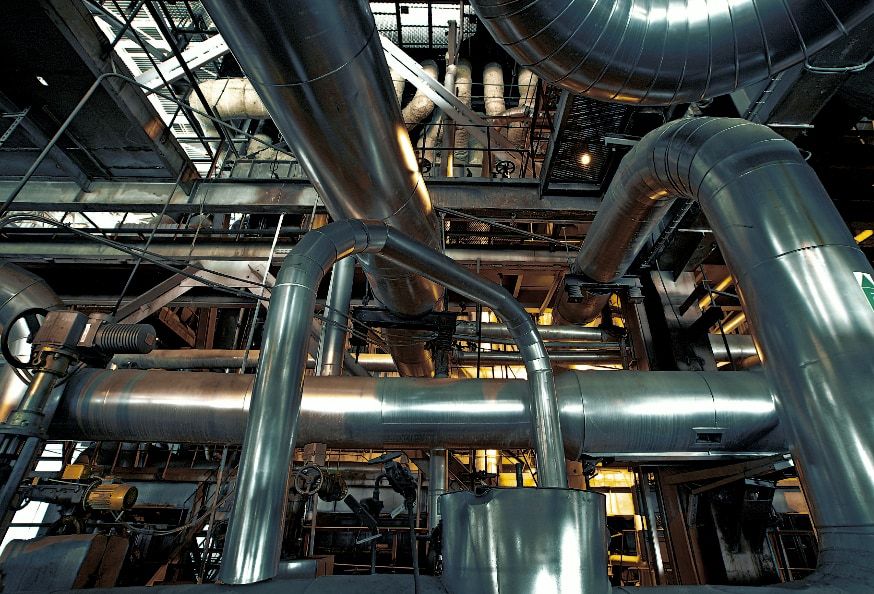-
CAS80-62-6
-
Structural formula
C₅H₈O₂
Remove methyl methacrylate from the exhaust air
What is methyl methacrylate?
Methyl methacrylate is a colourless liquid with a pungent, slightly fruity odour. It belongs to the methacrylate group and is used as a monomer in the production of polymethyl methacrylate, a transparent plastic that is used in numerous products such as acrylic glass, paints and adhesives. Methyl methacrylate is known for its ability to polymerise and its wide use in the plastics industry.
Creation
Methyl methacrylate is mainly produced by the reaction of acetone cyanohydrin with sulphuric acid and methanol. This complex chemical process takes place in large industrial plants and is designed for the mass production of methyl methacrylate.
Discovery
Methyl methacrylate is a clear, colourless liquid with a characteristic, pungent odour. It is highly volatile and may cause irritation on skin contact and inhalation.
Limit values
In Germany, the limit values for methyl methacrylate are regulated by the Technical Instructions on Air Quality Control (TA-Luft) and the occupational exposure limit values (OEL). The OEL for methyl methacrylate is 50 ppm (parts per million) or 210 mg/m³. These limit values are intended to ensure that the concentrations in the workplace do not cause any damage to health.
Hazards
Health: Methyl methacrylate can cause severe skin and eye irritation. Inhalation of vapours may cause respiratory irritation, coughing, headaches and dizziness. Long-term exposure may cause allergic skin reactions and possibly lung damage. Environment: Methyl methacrylate is harmful to aquatic organisms and may disturb the ecological balance if released. It is poorly biodegradable and can affect the quality of soil and water. Economic damage: Methyl methacrylate is highly flammable and can lead to fires and explosions if handled improperly, which can cause considerable damage to property.
The oxytec Purification Technology
For many organic pollutants, we offer energy-saving and clean technologies for neutralisation, which we combine in multi-stage plants. In order to achieve a reduction below the limit values, not only the dimensioning of the respective purification stage but also the sequence of the technologies is decisive, as they have different physical effects on the molecules. Below we present some of our purification modules.
CWA
Alternative technologies
In addition to our solutions, there are other technologies such as conventional activated carbon filters and simple ventilation systems. However, these often have disadvantages such as high energy consumption, limited cleaning performance, large space requirements, long lead times and high investment costs.
Advantages of the oxytec solution
- Compact design: Small footprint compared to traditional systems
- Low operating costs, therefore fast amortisation
- Environmentally friendly: Minimal environmental impact thanks to innovative technologies
- Efficient methyl methacrylate reduction: High efficiency thanks to high cleaning levels with minimal energy consumption
